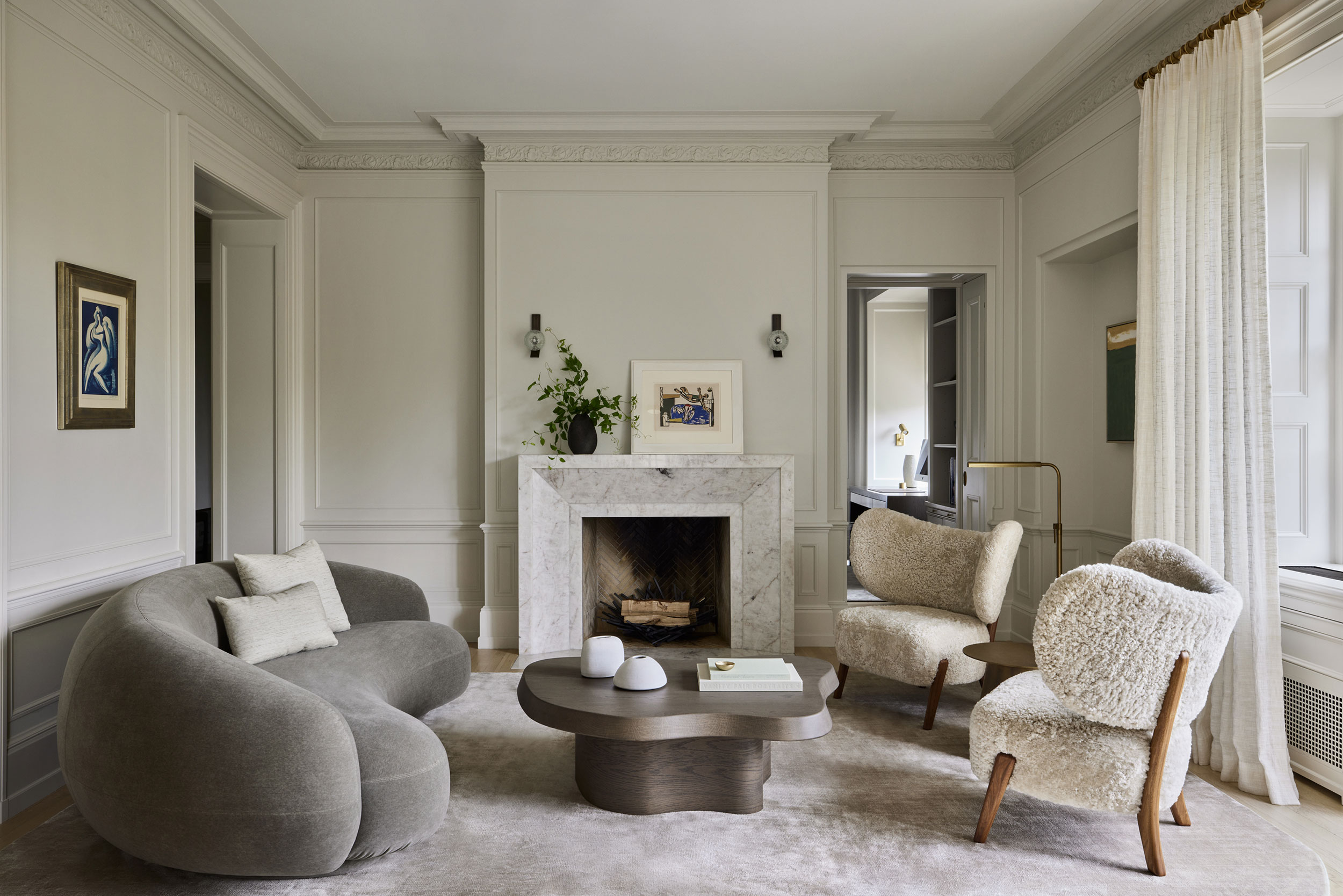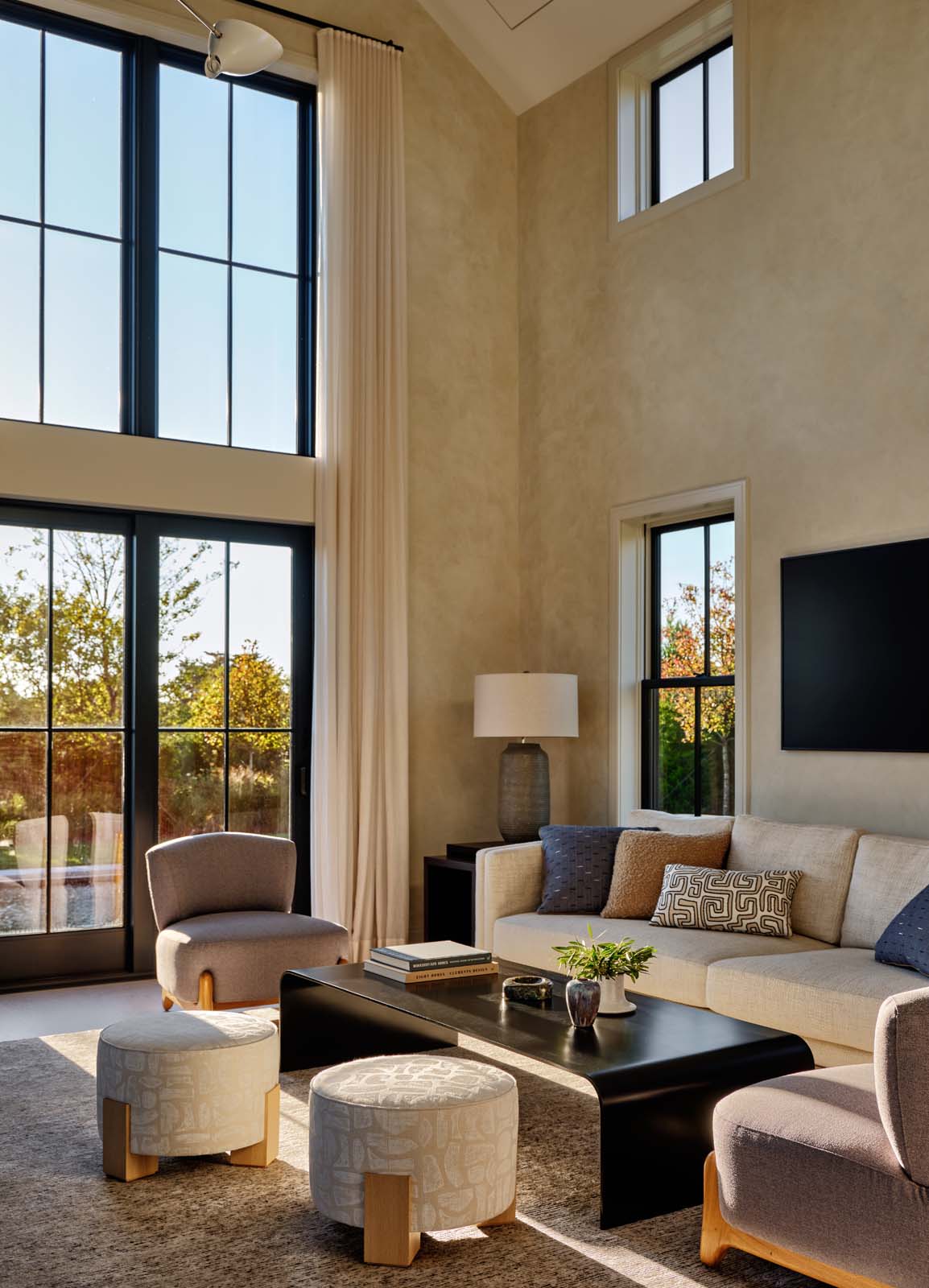
In the Lead with Director of Interior Design Nicole Ficano
September 23, 2024
In all 25 years of Workshop/APD, we’ve never been more unified as a collective than we are today. With dozens of designers spread across our architectural and interior design studios, our fearless leaders continue to foster creativity and individual growth. Our “In the Lead” series will highlight members of our firm’s leadership, showcasing their backgrounds, their approaches to design, and their tips for guiding a team to success.
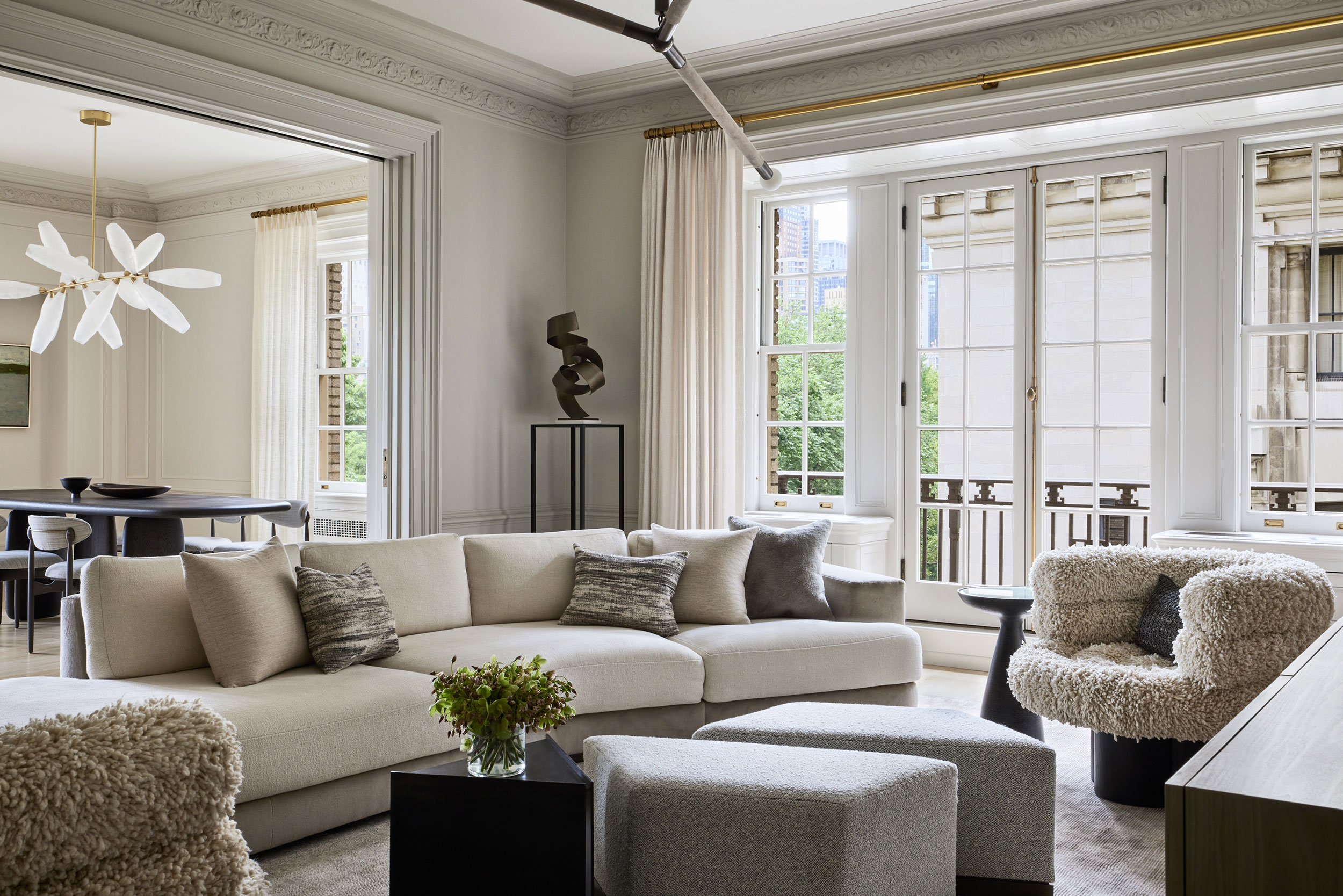

- When did you know you wanted to become a designer?
- The first time I really realized it was when I was about 7 years old. On a visit to my aunt’s house, I was drawn to a bookshelf full of items that I wanted to rearrange. Without totally understanding why, I just did it. After I finished, I showed my mom the result, and she was worried that I had just touched everyone’s things without asking. But I knew it looked better.
- I just had this conviction that I could make spaces more fun. I knew I wanted to be a part of that process, and that’s what led me onto the path of design – so I could do it for the rest of my life. I come from a very creative family. My mother and grandfather were both design directors in the marketing industry. Several of my aunts and uncles are contractors, so they build houses for a living. It’s always been a part of who I was from the very beginning.
- What’s the best rule of thumb you learned in design school?
- You can’t have form without function. A space must be functional before anything else. You can make it be as beautiful as you want, but unless it functions, it’s really not anything spectacular. I often say to my designers, “that looks great, but how does it work?”
- When I’m looking at a room with a client, I can see how I might live in the space, but what matters is how they do. I’ve learned to adapt my idea of convenience to the client’s specific needs and how they carry out their routines or activities within the home.
- How did your previous experience lead you to WAPD?
- After college, I moved out to LA and started working for a small residential firm. Immediately, I had to learn how to wear all the hats – I was doing all the accounting and bookkeeping while also doing all the design, purchasing, tracking, fabric selections – the whole soup to nuts. I gained a good understanding of not only design practices but also business practices. In terms of projects, I got to dive right in. I had several large-scale, high-end residential projects that I was very fortunate to work on, and I took a lot of ownership in those projects because I was the only person working on them. Even though I was living in LA, my first project was a townhouse on 73rd street in New York, so I got used to the bicoastal firm structure. I also had projects in Montecito, San Francisco, Arizona, Paris – all over. It gave me an introduction to so many different styles and different scales.
- After a few years, I was feeling homesick for New York and decided to move back. I started working for another boutique design firm, under a principal who is trained in art history rather than design, so she had an incredible foundation for creating furniture that acts as functional art. There, I learned to build art moments into every piece, so nothing was just furniture. She taught me a lot about color and how to bring designs to the next level.
- Eventually, I decided to take the next step in my career by joining a bigger firm with a broad range of work. Workshop/APD felt like a place where I could work with a larger team and grow as a leader.
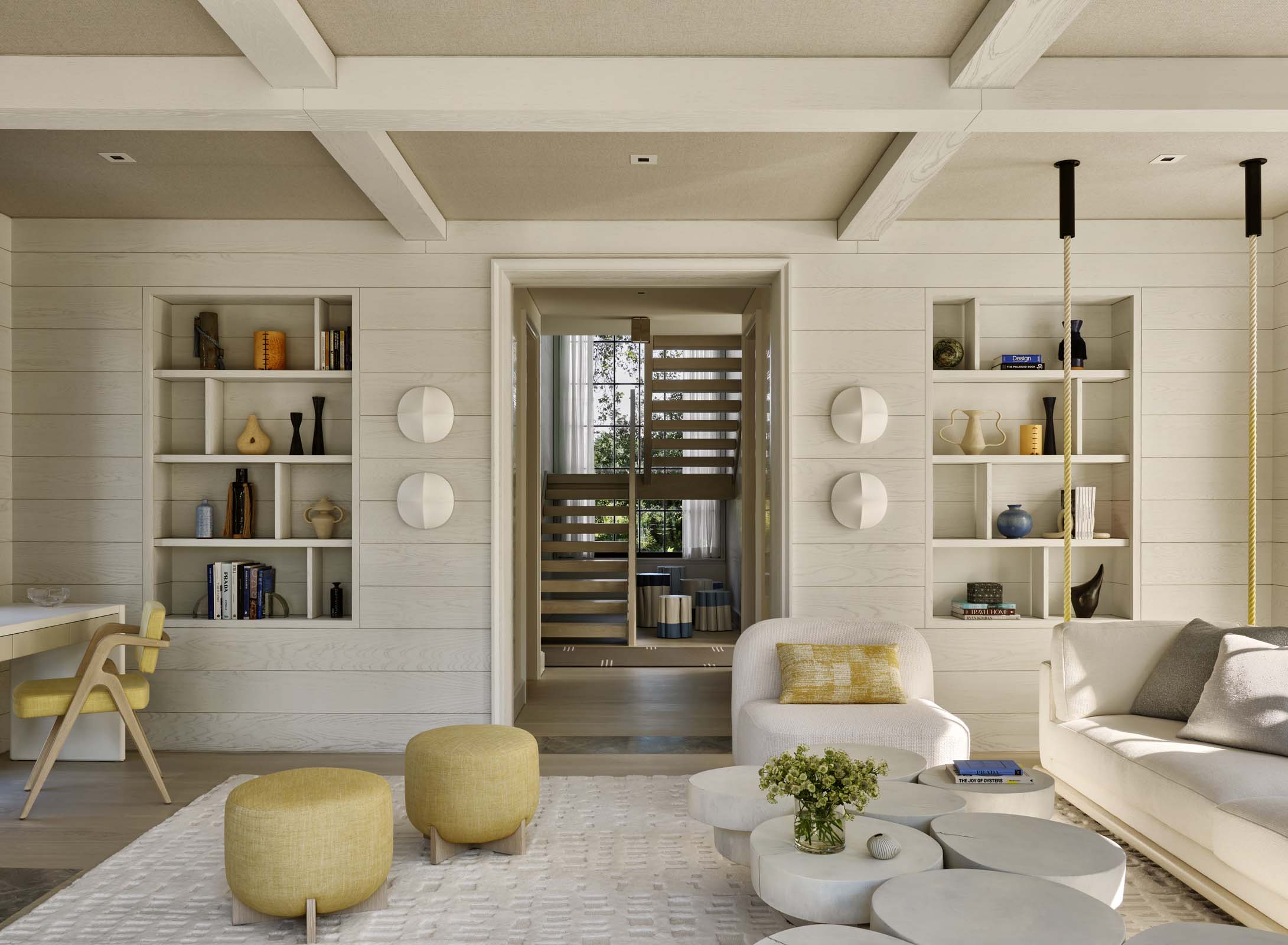
- Could you speak about the experience of growing a team under your leadership? How do you keep things running smoothly?
- We’ve taken the team from 6 people to 17 over the past few years, learning as we go. The most important tool for a growing team is creating procedures and processes that serve as the foundation for everything. I really wanted to reset the table and create a clear, linear path so that everyone knows what they’re doing next. I know it can’t always be so straightforward because every project is different, but having guidelines can help everyone stay on track with the process. Once those are in place, creativity can flourish. Over time, the team has formed those processes together so that everyone feels like they’re contributing.
- We often do group events where we can bounce ideas off each other and share design inspiration. We have mentorship groups where seniors, intermediates and juniors meet once a month to work on skills they want to improve, review challenges and successes, and trade design ideas.
- How do you translate a client’s vision into a design scheme? What kinds of details are you listening for when someone describes their ideal space?
- I love to sit down with a client and define their scope, going room by room to understand how they’re going to live in each space. We start by asking questions – including ones that they may not have answers prepared for – and gathering details that help us define space planning. For example, they know they want a formal dining table, so I’ll ask how many people they want to seat, how often they’ll eat there, and how important all of that is to them.
- Understanding what they don’t like is sometimes more important than understanding what they do like. And all feedback is helpful whether it’s positive or negative, because it strengthens the design direction when we know what to avoid.
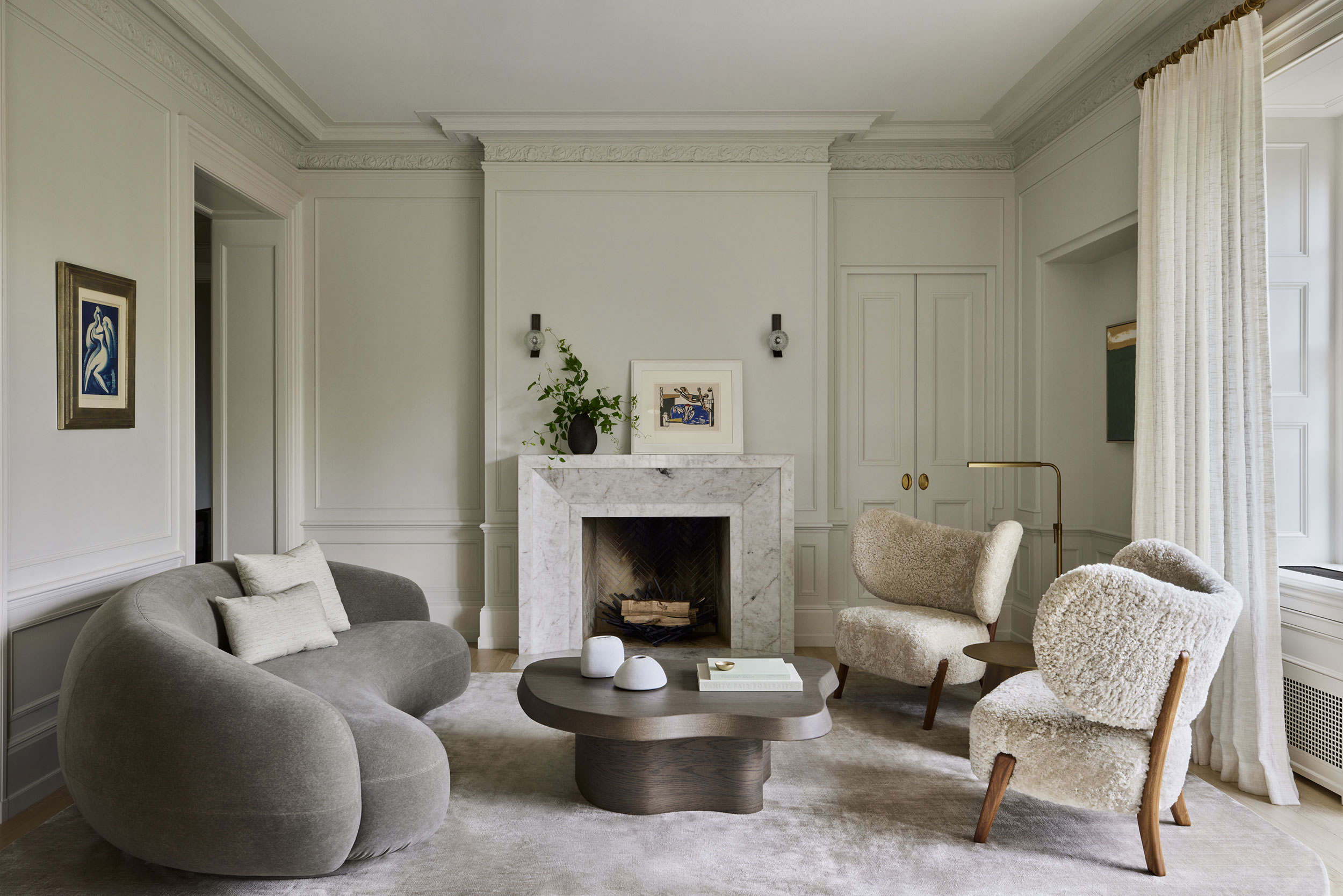
- What makes interiors at Workshop/APD different from other places?
- At Workshop, no two projects are the same. We have a variety of types, locations and aesthetics. People don’t come to us because they want a very specific style – they just want a beautiful home that aligns with their own sensibilities. Sometimes it’s more traditional, other times it’s more modern. Our designers have range – we are malleable, not set in any one style.
- Having our own product design team allows us to create pieces that are specific to the project, so we really can create anything for our clients – even blending aesthetics to fit the exact need or vision.
- Could you talk about the diversity of the work you do?
- I don’t like using the same pieces repeatedly. We can always find new products, new fabrics, new furniture, new ideas, even new layouts to make every project unique. I’ll often tell the team, “I love this piece, but we’ve used it before. Can we try to find something new?”
- I try to stay away from repetition and focus on uniqueness of each project. There are so many great things coming out all the time, so we’re balancing innovation with pieces that we know will be timeless. We want our work to outlast trends by focusing purely on what feels right for the space.
- What are you looking forward to doing next as a firm?
- I’m looking forward to strengthening our foundations, empowering the designers to take more risks and develop a stronger point of view. It doesn’t happen overnight – it’s continuation of what we’ve been working towards for the past few years – but I always want to foster an environment where people are excited about the work that they do.
Share
Related Projects
Top Stories
